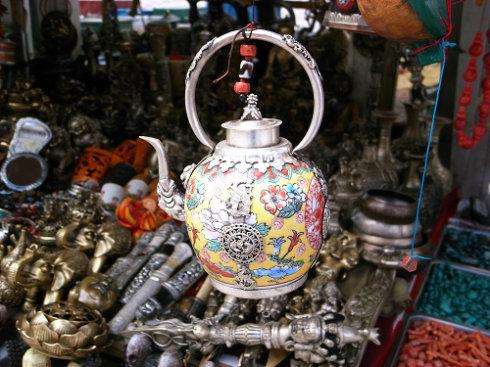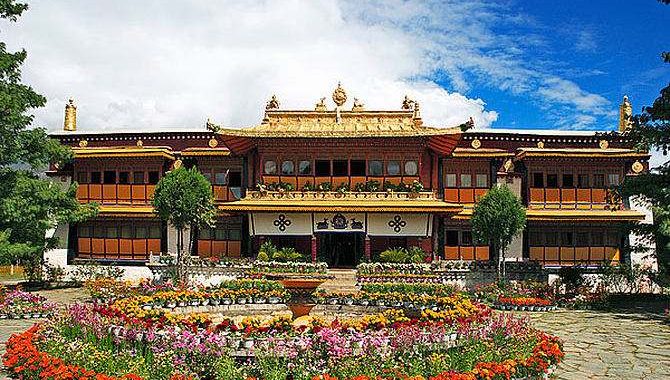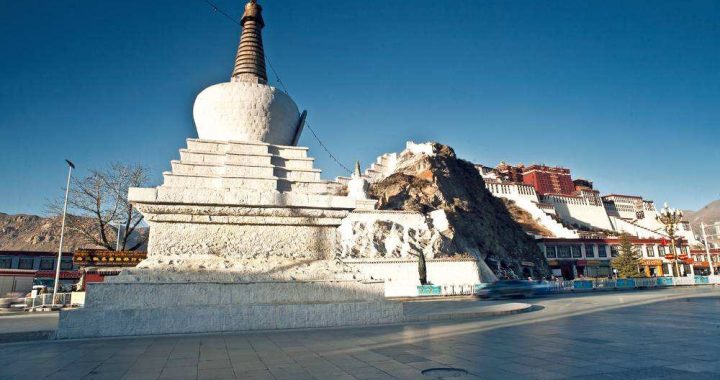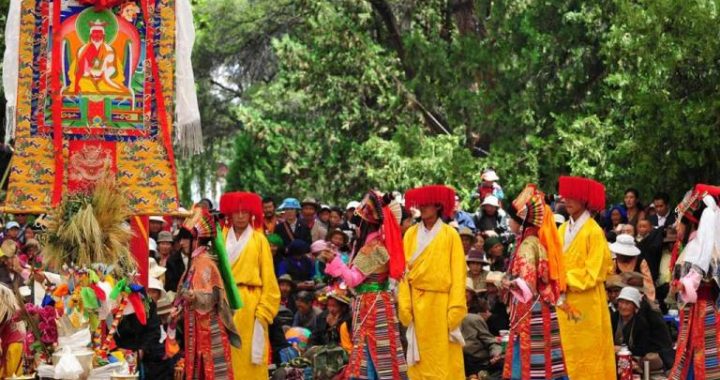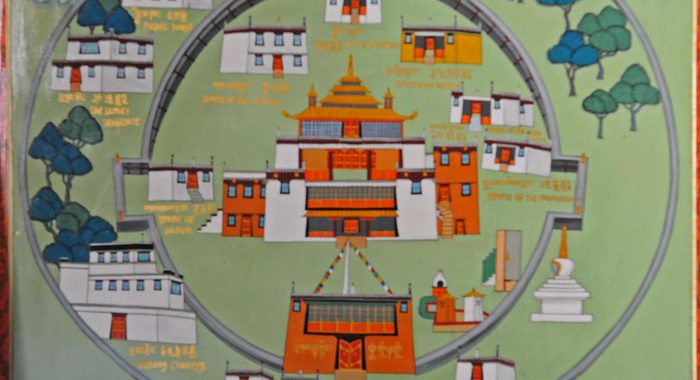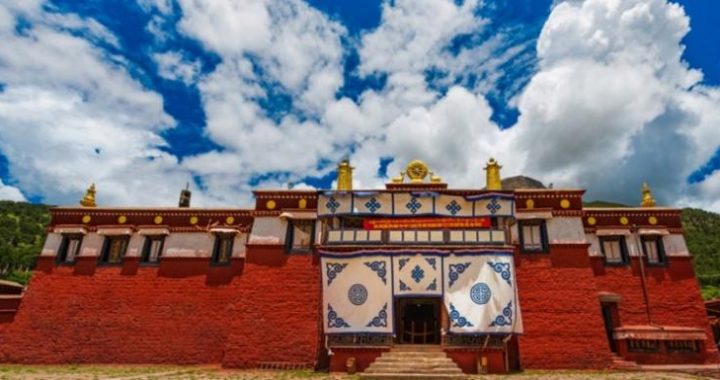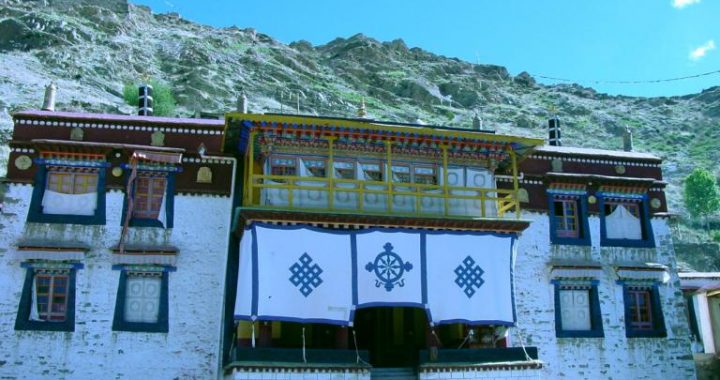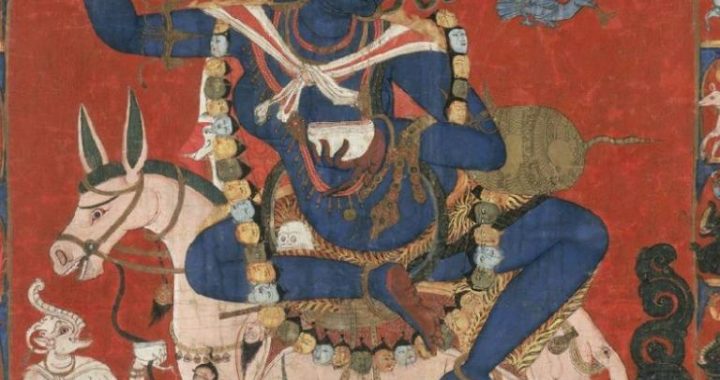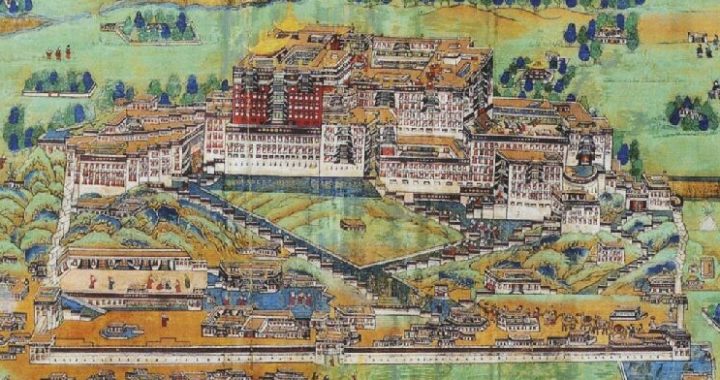The Most Sacred Worship Center in Tibet: Jokhang Temple
5 min readLocated in the center of Lhasa’s old city, Jokhang Temple is surrounded by Bharkor Bazaar,a commercial street full of bustle and hustle, is one of the first Buddhist buildings constructed in the reign of Songtsen Gampo and thus boasts a long history. Having been listed as a state key protection unit of cultural relics, itenjoys special protection by the local authorities and above. Since the renowned life-sized statue of the twelve-year-old Sakyamuni is enshrined inside, the Jokhang Temple has become the worship center of all Buddhism followers in Tibet, in other words, it occupies a very sacred position in the minds of Tibetan people. First built in 647 by the Tubo King Songtsen Gampo and Princess Wencheng from Tang dynast as well as Princess Bhrikitu from Nepal, Jokhang Temple was originally intended to enshrine the life-sized statue of the eight-year-old Sakyamuni brought along by Princess Bhrikitu. Up to now this monastery has a history of over 1,300 years. The life-sized gilt bronze statue of the twelve-yeare-old Sakyamuni in the temple was moved from the Ramoche Temple by Princess Jincheng.
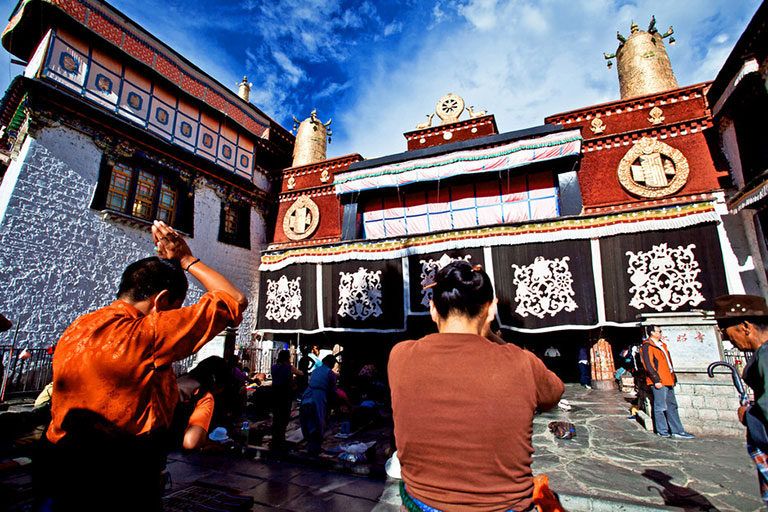
Facing the west Jokhang Temple consists of symmetrical buildings. Inside Jokhang Temple there is the porch, the main hall, the sutra hall, the Buddhist chapel, monks’ living quarters and the storeroom with the impressive and splendid main hall Patriarchal Lhakang of four stories as the main structure of Jokhang Temple. Throughrenovations and expansions, Jokhang Temple has taken on its present scale covering a floor space of 25,000 square meters with five gold roofs and 108 Buddhist chapels of various sizes. In the 1,300-year-odd renovation and expansion Jokhang Temple has incorporated the architectural styles of Tibet, the hinterland and Nepal as well asthe ancient Egypt, so it is regarded as a witness of the friendship between the Han and the Tibetan people as well as the embodiment of cultural communications between China and the foreign countries.
When Jokhang Temple was first built there was no monk in Tibet. After the temple was expanded there were a few monks keeping it, but it did not belong to any sect.
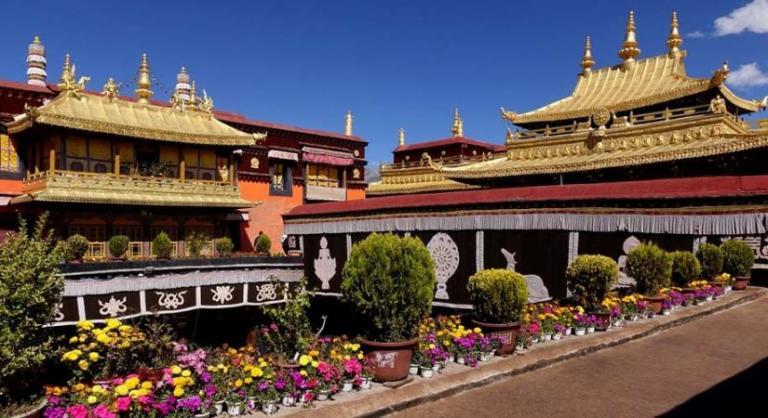
It was not until 1409 when Tsongkhapa of the Gelug sect held the first grand summon ceremony that the Gelug sect took charge of Jokhang Temple, but Gelug sect didn’t change the fact that Jokhang Temple didn’t exclusively belong to a certain Buddhist sect. Inside the temple there are not only Protective divinities and Deities of allsects of Tibetan Buddhism, but also statues and frescos featuring renowned Buddhist monks as well as bronze statues of Sakyamuni, so all sects of Buddhism have good reason to hold religious ceremonies following their own rituals in this temple. In a word, the Jokhang Temple is a rare case in Tibet in that it serves all the five sects of Tibetan Buddhism: the Gelug sect, the Nyingma sect, the Sakya sect and so Patriarchal Lhakang, or Mahavira (Grand Lord) Hall, is the main hall of Jokhang Temple which is a closed courtyard and appears like a square-mandala. The hall of four stories features gilt bronze tiles glimmering in the sunshine. The Patriarchal Lhakang has upturned eaves angle and its gold roof, corbel arch and polished patterns reflect the architectural features of the Han people in the Tang and Song dynasties while its turrets, beams and the Prayer streamers, the precious vase atopthe palace carry features of the typical Tibetan architecture; in addition, the 103 wood carvings of reclining animals in rows and the lion body with a human face under the second and the third eaves of the main palace feature the artistic style found in Nepal and India. In the middle of Tsukla-khang’s first floor is a patio around which are 21 Jokhangs which constitute the major sutra hall of Jokhang Temple shared by all sects of Tibetan Buddhism. Inside the hall there is the 1.5-meter-tall gilt bronze statue of the life-sized twelve-year-old Sakyamuni brought along by Princess Wencheng from the hinterland.
This statue was first kept in Ramoche Temple and then moved into Jokhang Temple by Princess Jincheng in 712; it is so elaborately made and lifelike that it is indeed a rare piece of artwork. On the second floor of Tsukla-khang there are 18 sutra halls with the statues of Songtsen Gampo, Princess Wencheng, Princess Bhrikitu and Minister Garstongrtsan housed in the main sutra hall built by the leader of Myriarch Tsalpa. On the third floor there are sixteen sutra halls among which Kangsun Selun Hall serves as the residence of Dalai Lama during the period for the annual grand summons ceremony. The Kangsun Selun Hall consists of reception hall, sutra hall, meditation hall, bedroom and so on. Close to its west there is a fiveroom meditation hall for Panchen Lamas when they come to Lhasa for grand summons ceremony or lantern show. In the four corners of Tsukla-khang there are deity halls enshrining Buddhist ritual objects, vase, Patriarch portraits and the statue of the Doctrine guradian and so on.
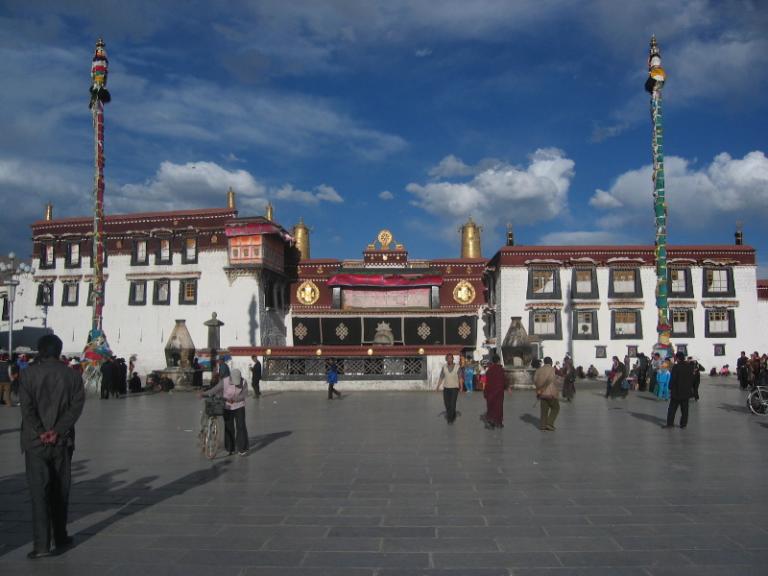
Jokhang Temple has a rich collection of cultural relics including the frescos, Tangkas, statues and so on which are all valuable artwork of great value for cultural and religious research. In all large and small there are thousands of colorful frescos covering more than 4,400 square meters and themed on politics, economy, history, literature and art, religions, social life and so on. These frescoes constitute as an encyclopedia. The two Tibetan-style mural paintings of Princess Wencheng’s Entry into Tibet and The Contruction Scene of Jokhang Temple nearly one thousand meters long and the two embroidery Tangkas of Protective divinities of the Ming dynasty are considered most valuable. The statues in the Jokhang Temple are extravagant and exquisite: besides the statues of Songtsen Gampo, Princess Wencheng and Princess Bhrikitu there are a number of Buddha gilt statues among which the gilt bronze statue of the life-sized statue of the twelve-year-old Sakyamuni brought along by Princess Wencheng from the capital of Tang dynasty is the most valuable since it was made after the living Sakyamuni’s image. At that time the disciples of Sakyamuni invited him to consecrate his own statue. To the Tibetan people this statue is nothing different from the living Sakyamuni 2,500 years ago, so this statue is cherished the most by the local people. Apart from those listed above, the ancient stone tablet complex represented by the Tang-Tibetan Alliance Tablet on the square in front of the temple also adds cultural flavor to Jokhang Temple.
